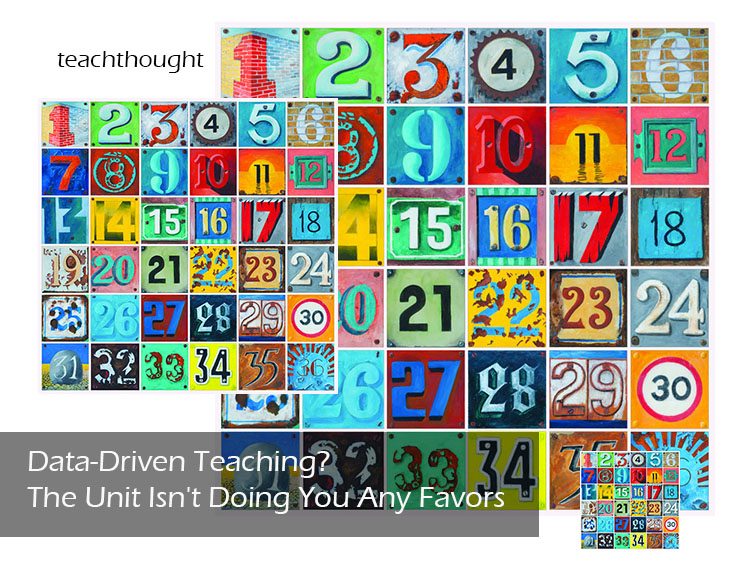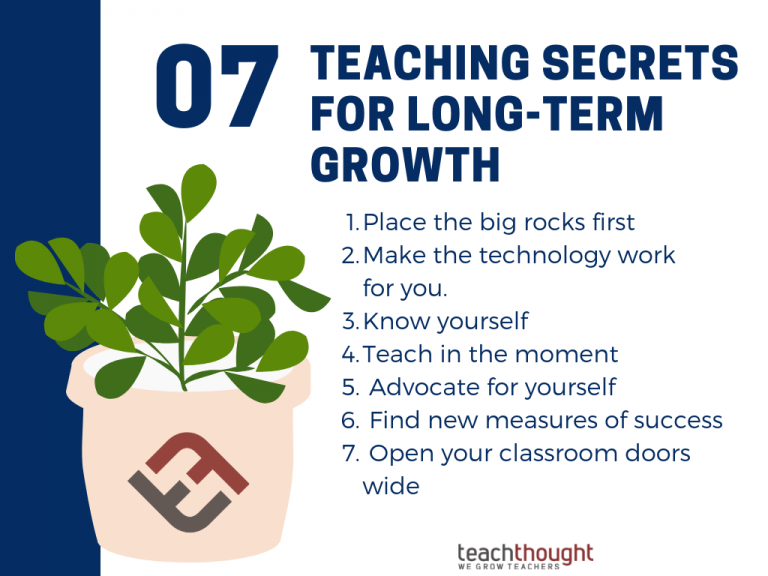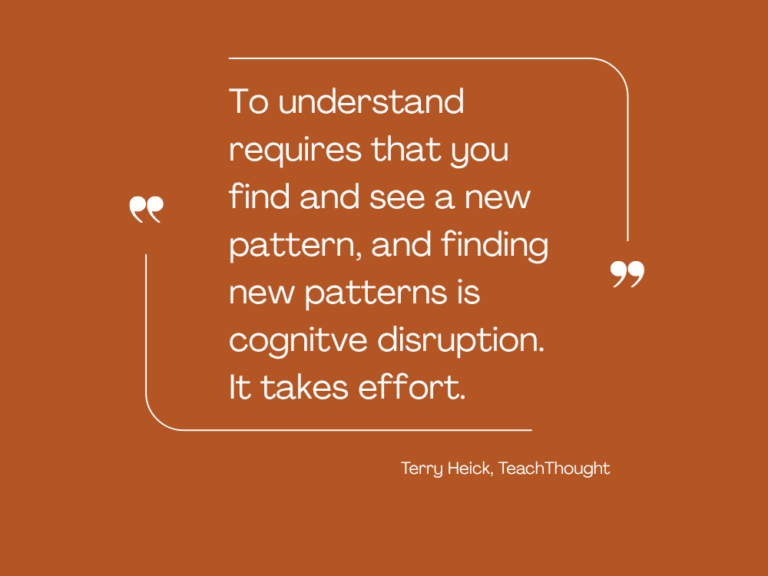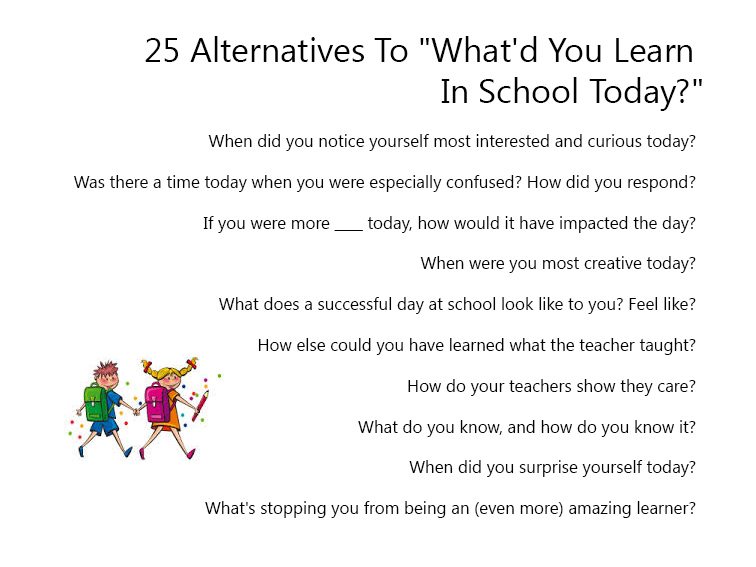
Why The Unit Isn’t Doing You Any Favors
by Terry Heick
It’s been a great run.
We’ve had some great times, and done some cool things we’ll never forget. Like that time in the summer PD where all the department teachers got together and sketched out their idea of a perfect unit, and made it happen.
And it was glorious—backwards-planning was used from the beginning. Understanding was pre-assessed, data drove revision of planned instruction. Parents showed up for presentation of the final project, and the kids showed real grit and progress getting through it all. The unit functioned as a kind of metaphor for life—requiring planning, collaboration, and good old-fashioned perseverance to navigate. And in the end, the Yoga is about the journey.
But then things started to feel funny. When it came time for testing, students were being assessed on standards they focused on six months ago in the second unit of the school year. To mitigate any ill effects here, we used instructional design and curriculum mapping tricks. We did reviews via bell-ringers, and used year-long testing to keep them sharp and remind us what they still needed help with.
We even did pre-testing “blitzes” of content, but then the state shut that down too. Said it was cheating. So we figured out other ways to help—charts on the wall, special class periods of remediation and review. Still, it didn’t feel like enough. Some units took twice as long as planned to finish, and even then the triumph was often in that finish rather than the understanding. Pacing guides were issued to help mitigate this, and an array of curriculum maps and scope-and-sequences to ensure everyone was on the same page, learning the same thing, sharing the same “data-driven” and “research-based” ways.
But then the data—my word, the data. So much data, pouring in from everywhere. ACT testing, Explore testing, PSAT testing, reading level testing, in-class assessment testing, all screaming the same thing: The kids have trouble reading, the kids have trouble thinking critically, the kids have trouble planning their writing. (As if you didn’t know.)
So you dutifully wagged the manila folders with you to data team meetings, and stared at the bar graphs your local instructional coach keeps emailing you trying to figure out how to get all of this data to actually do something besides berate you. So you start attempting to personalize the learning via the data. You make some adjustments—front-load this student with more thinking strategies, group students more intentionally, and see a bit of progress.
But it’s oddly hollow, because the unit isn’t built for this.
Where The Unit Fails
The unit is a structure, like a circuit of roadways through a city, with the beginning on one side (where each student is), and the ending on the other (what we want them to understand). Just like in a real city, those pathways are necessarily complex and even chaotic viewed from Google Earth. Trying to funnel the users down pre-determined pathways will ensure you get from here to there—that is, get through the city—but it limits what the data can do.
The data can’t properly function because it means moving backward and forward, stopping and starting slowing down and speeding up–all things that happen in learning, and all things units aren’t good at.
And perhaps worse, it puts the weight of the world on the shoulders of a classroom teacher doing their best to soothe so many seemingly divergent efforts. A teacher try to consistently—and substantively–incorporate data into planned instruction is like trying to fill a drinking glass with rain. Or trying to herd millions of people through a city’s strangled concrete infrastructure.
It’s time to replace the unit with something smarter. In the 21st century, there are alternatives. Existing popular trends like project-based learning, blended learning, and even informal learning all offer the skeleton of far more manageable solutions that, by design, can support teachers in absorbing the data they are being asked to use.
If we insist on an outcomes-based, research-based, data-driven ed reform, the traditional unit—at least in its current guise—has no business in our classrooms. Teachers are sentimental folk—we’ve grown weary of buzz and trends, and the unit feels comfortable. Like an old friend. Something we could count on when we’re told everything we’ve ever done has been wrong.
But we’ll get through this together. There are solutions, and we’ll talk about those. And new apps. And new thinking. And we can hang the unit in the educational hall of fame beside the abacus, textbook, and chalkboard where it can function forever as a symbol of how far we’ve come.
This post has been updated from a 2013 post; Adapted image attribution flickr user andymaguire; Data-Driven Teaching? The Unit Isn’t Doing You Any Favors







